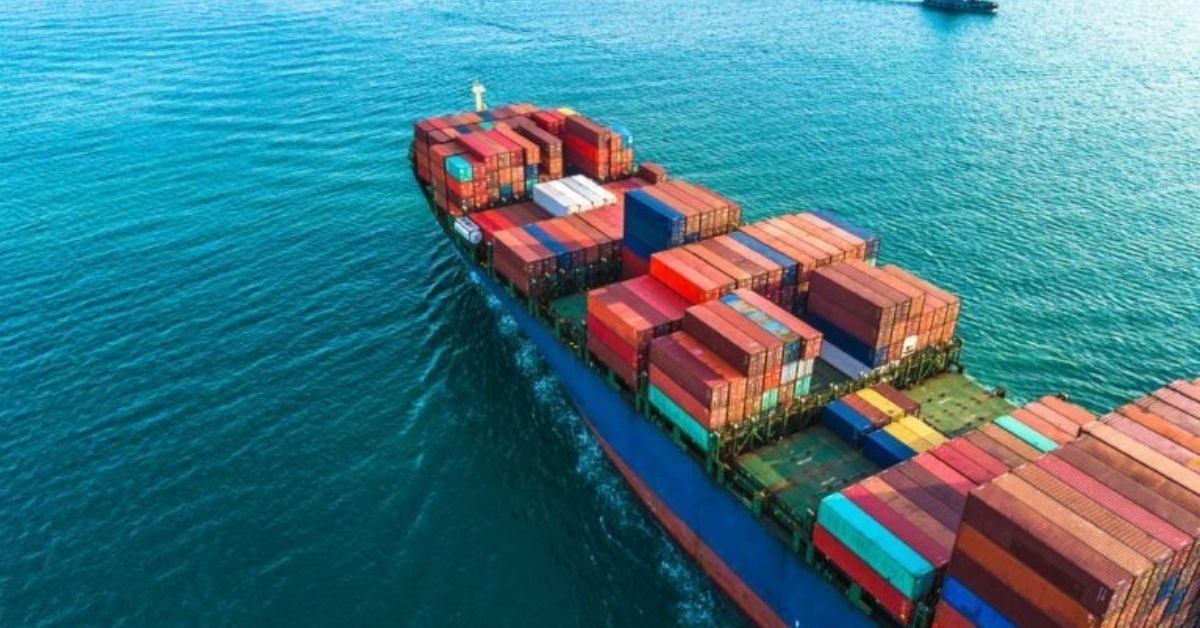With one of the two roll-on roll-off (ro-ro) vessels that ferried container-laden lorries in the Willingdon Island-Bolghatty Island corridor being temporarily withdrawn from operation following poor demand, the demand is rife that the State government extend subsidy for the service that has tremendous potential to take container lorries off congested city roads and highway corridors.
The vessels owned by the Inland Waterways Authority of India (IWAI) were handed over to city-based Kerala Shipping and Inland Navigation Corporation (KSINC) for operation, a year ago. Each of them costs ₹12.50 crore and was built at the Cochin Shipyard.
The primary aim of the vessels, commissioned by Prime Minister Narendra Modi, was to end traffic congestion and pollution that container lorries from the terminal points caused when they moved 30 km by road though the Kundannoor bridge, Edappally-Kundannoor NH Bypass, NH 544 and NH 66. The waterway route is just 3.5-km-long.
The vessels MV Adi Shankara and MV CV Raman can carry six 20-ft trucks, three 20-ft trailer trucks, three 40-ft trailer trucks and 30 passengers.
The KSINC was hoping to attain operational break-even within a year of their launch. Still, only one vessel was operating due to inadequate demand which hovered at about 80 container lorries a day. The second vessel was introduced when demand arose to ferry between 100 to 160 sand-laden lorries each day through the backwaters. It was taken off service recently after the demand fell. The other was still operating 22 return trips each day between the two isles, between 8 a.m. and 9.30 p.m., said sources.
They attributed the lull in patronage to a ₹100-hike in transit fee after diesel price increased by ₹40 over the span of a year, among other reasons. “Still, we are reimbursing the fee to lorry operators who patronise the service beyond a specific number of trips. The transit fee could be slashed if the government provided a subsidy, like what was announced for coastal shipping. This is especially so since the ro-ro vessels use National Waterway III, where a subsidy was earlier in place. Such incentives are crucial to woo truck and other cargo operators who still bank on roads for travel, worsening congestion,” they added.
Operational loss
Despite this, the cumulative operational loss of the ro-ro service was ₹8.70 lakh during the first three quarters of 2021. It was hoped that the service would begin raking in operational profit from the ongoing quarter, said official sources.
Container lorries which continue to operate through city roads are among the reasons for congestion at junctions, mainly at Edappally, where NH Bypass, NH 66 and NH 544 converge.
Cochin Container Carrier Owners’ Welfare Association secretary Tomy Thomas suggested that the ro-ro vessels operate late into the night as well, when demand increased. “Ultimately, the government must subsidise the service, as is being done for coastal shipping, so that the transit fee reduces and lorry operators show a marked preference for the ro-ro service,” he said.
Source : The Hindu








